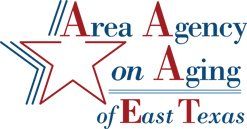Older and Stuck at Home? Expert Advice on Fitness
The New York Times • May 4, 2020
Experts who study exercise and aging offer tips for older adults during the coronavirus lockdown.

When we asked readers what they want to know about exercise and the coronavirus, many of you wrote that you were concerned about how to exercise and maintain fitness if you or someone you love is older or has functional limitations, such as arthritis or joint replacements. Experts who study exercise and aging had a lot to say.
Among their suggestions: Soup-can dumbbells and indoor gardening might help older people who are new to working out to weather the physical effects of a prolonged coronavirus lockdown. Access to a stairwell also is a boon, they say, but even a hallway can be a route to sustained fitness.
Past science suggests that any health impacts from prolonged home confinement are likely to be greatest among older people. In multiple studies, when adults of any age become more inactive because of illness, injury or requests from scientists, they rapidly lose strength and endurance and develop early signs of insulin resistance and molecular changes related to muscle loss. In younger people, such physiological weakening typically reverses as soon as they start moving and exercising normally again. But in older people, the effects can linger and accelerate the onset of frailty.
Some experts have begun to worry that this scenario is playing out among older people during the coronavirus stay-at-home orders. “I think we’re seeing a slow-motion version of the kind of declines that usually occur when older people are hospitalized or bedridden,” says Dr. Louise Aronson, a professor of geriatrics and health at the University of California, San Francisco, and author of “Elderhood: Redefining Aging, Transforming Medicine, Reimagining Life.”
Dr. Aronson and other exercise scientists offered a variety of recommendations about the types and amounts of activities older people might try to complete in their buildings, homes, living rooms or even chairs during the lockdowns to stave off frailty and maintain their health. The expert responses proved to be uniformly reassuring, boiling down to the advice that all of us, regardless of age, move whenever and however we can, using whatever equipment we already have at hand.
More specifically, the experts suggest starting with a focus on aerobic conditioning, which, in practical terms, means walking, if at all possible, but not necessarily formal walks. Instead, Dr. Aronson says, try to build movement into ostensibly sedentary parts of your day.
“During a phone call,” she says, “walk around the room or up and down a hallway” (assuming you are not using a landline). When you watch television, get up during each commercial break and stroll from room to room. Or if you have access to a stairwell, she says, climb a flight or two of steps, which provides a brief but effective aerobic workout and some leg strengthening. Wear a mask and gloves if the stairs are public, of course, and hold tight to the banister.
Ideally, older people should aim to stroll from room to room or up and down a corridor at least three times a day, Dr. Aronson says. “It may be only two or three minutes of activity at a time, but it all counts and adds up.”
Look, too, for opportunities for simple, low-tech muscle workouts, the experts all say. Even skimpy, intermittent resistance training can help people avoid shedding muscle mass and strength during this lockdown.
Consider the wall squat, for instance, says Dr. James Gladstone, the chief of sports medicine at Mount Sinai Health Center in New York City. This exercise requires little expertise or equipment, apart from a wall, but robustly improves leg strength. Simply stand upright a foot or so from a wall, legs shoulder distance apart. Press your back against the wall and slide down until your thighs are almost parallel with the ground. (Stop earlier if your knees hurt.) Hold this simulated sit as long as you can. “If that means five seconds, fine,” Dr. Gladstone says. Slide back up the wall, rest a few seconds, and slide down to sit again.
For upper-body strengthening, raid the pantry, suggests Jennifer Copeland, a professor and director of the Active Healthy Aging lab at the University of Lethbridge in Alberta, Canada. Cans of soup or fluid-filled water bottles provide sufficient resistance for arm curls, she says. Grip those objects with your arms by your side, palms forward, and slowly bend your elbows to curl the can or bottle upward. Lower and repeat.
To strengthen shoulders, she says, partially fill an empty gallon milk jug with water, hold it with both hands in front of you, arms straight, and slowly raise it to about face height. Lower gently and repeat. You can do this exercise seated.
Similarly, to improve overall arm strength, re-seat yourself a few times, she says. In other words, when you start to get up from a chair, purposely sit back down and partially rise several additional times, using your arms for support and leverage.
And any time you visit the kitchen, slip in a few countertop push-ups, suggests K. Aleisha Fetters, a certified strength and conditioning specialist and author of the new book “Fitness Hacks for Over 50.” Position yourself a few feet away from the counter and lean toward it, hinging from the ankles, back straight. Grasp the edge with straight arms and bend and straighten your elbows. Complete as many modified push-ups as you can, she says, coinciding, perhaps with the length of time needed to warm your soup or coffee in the microwave. The idea, she says, is to “make fitness mesh seamlessly into your regular 24 hours.”
Even ordering seeds and starting an indoor herb garden, undemanding as that activity might seem, can “get people out of their chairs and standing and moving,” Dr. Copeland says. “Anything like that is good.”
Finally, if you prefer group activities or exercise variety, the internet is overflowing now with free exercise classes and instructional videos, Dr. Aronson says, many of them oriented toward older or inexperienced exercisers. Try a dance video if you feel vigorous and coordinated, she says, or tai chi for something gentler. Or Zoom a yoga class with friends, to stretch and reach together across the miles.
YouTube offers a variety of free home exercise programs:
Source: The New York Times

The Area Agency on Aging of East Texas (AAA) opened a new congregate meal site in Marshall on Monday, December 15th. Older adults, aged 60 and up, eligible for the Senior Nutrition Program will be able to enjoy a hot lunch, good conversation, and a friendly place to gather. Location George Washington Carver Community Center 2302 Holland St Marshall, TX 75670 Meal Hours Monday–Thursday 11:00 AM–12:30 PM Phone 903-923-8410 The Senior Nutrition Program supports adults age 60 and older through both congregate meals and home-delivered meals. These meals follow dietary guidelines and help older adults stay connected and healthy. For folks who can’t travel, home-delivered meals bring food, a wellness check, and a bit of company to their door. How to Enroll Adults age 60 and older can join the Senior Nutrition Program by contacting the provider for their county listed at: easttexasaaa.org/nutrition , or by receiving a referral from AAA staff. Caregivers who care for someone receiving home-delivered meals may also be referred for services by calling AAA. The Carver Community Center site will give more Marshall and Harrison County residents a place to eat, visit, and keep a steady routine. If you or someone you know could benefit, contact the AAA for assistance!

Medicare Open Enrollment runs from October 15 until December 7, and people with Medicare will have more coverage options to consider. Plan costs and covered benefits have changed, so our Area Agency on Aging of East Texas (AAA) is offering benefits counseling assistance to encourage Medicare recipients to review their coverage choices and decide on the options that best fit their health needs. The changes Medicare recipients can make during Open Enrollment include: Joining a new Medicare Advantage Plan or Part D prescription drug plan Switching from Original Medicare to a Medicare Advantage Plan Switching from a Medicare Advantage Plan to Original Medicare (with or without a Part D plan) “Medicare Open Enrollment allows you the opportunity to review your healthcare plan and check on your financial well-being, which could also help save costs and coverage,” says AAA Benefits Counselor Nellie Spencer. “Call us and talk to an unbiased, qualified Benefits Counselor. We are also your State Health Insurance Assistance Program (SHIP) and available free of charge to go over your options.” For assistance, please call the Area Agency on Aging at 1-800-442-8845 to speak to a qualified benefits counselor. Appointments can be made over the phone, in a virtual meeting, or in person. Local Open Enrollment presentations: Benefits counselors will also be available for appointments at these community events during the Open Enrollment period. To reserve your spot, call the Area Agency on Aging at 1-800-442-8845. Walk-ins will be accepted. Palestine Resource Center for Independent Living, 421 Avenue A, Palestine, TX Date: Tuesday, November 4th Time: 9:00 am-3:00 pm George Washington Carver Community Center, 2303 Holland St., Marshall, TX Date: Thursday, November 6th Time: 10:00 am-2:00 pm Mt. Zion C.M.E. Church, 104 State Hwy. 64, Ben Wheeler, TX Date: Thursday, November 13th Time: 1:00 pm-3:30 pm First Christian Church, 1920 Beaumont St., Jacksonville, TX Date: Thursday, November 20th Time: 9:00 am-12:00 pm Be on alert for these Medicare Open Enrollment scams: There are no "limited time offers." Medicare or a health plan calls and wants to send you a new health card for $299. You receive a call about a refund from last year's premiums or your drug plan cost. An agent tries to sign you up for a plan that you don't need, isn't right for you, or doesn't even exist. Watch out for fake RX cards offering significant discounts with little or no benefits. You receive a call offering significant discounts on a new health insurance plan. Agents can NOT cold call you. Tips on how to stop fraud during Open Enrollment: If it's "too good to be true," it probably is. Don't trust all the ads you see on TV. Review the plan BEFORE you join. Even if you're not switching, review your current plan to ensure it covers your doctors. Medicare will never call or visit. Medicare will only send information via postal mail service. Guard your Medicare card and number like a credit card. Don't give out your Medicare number except to your doctor or other providers. Don't let someone push you into making a fast decision. If you receive a call, especially from a number you do not recognize or anyone requesting personal information, hang up immediately. Know your health care options. Get help from your family, the Medicare website, or your local State Health Insurance Assistance Program (SHIP), which for East Texas is the AAA. No health care plan is allowed to cold call. Medicare plans can be viewed and compared at www.medicare.gov .




